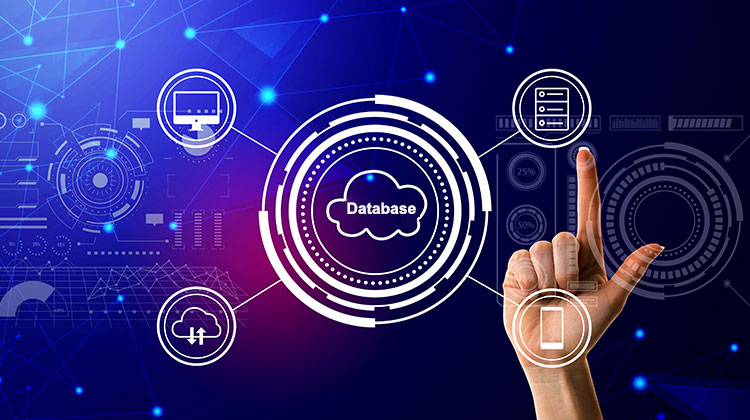Artificial intelligence (AI), from self-driving vehicles to multimodal chatbots, is advancing rapidly. Behind these seemingly mysterious innovations, there are actually a number of standard (and old) algorithms that have been refined and optimized over many years. You’ll want to read this article if you want to understand AI.
What are AI algorithms first? AI algorithms are mathematical formulas that allow machines to learn by analyzing data. There are different types of AI algorithms, such as supervised learning and unsupervised learning.
Unsupervised algorithms are able to learn from data that has not been labeled, whereas supervised algorithms can learn from examples that have been labeled. Unlabeled data refers to data that does not have any target values. Reinforcement-learning algorithms are based on trial and error and have been very popular for robotics and gameplay (like Go and chess).
Top 10 AI Algorithms
1. Artificial Neural Networks (ANNs)
You’ve heard about this one. The brain is the inspiration for ANNs, which are used for natural language processing, image, and speech recognition. The idea behind ANNs is to input data and have the network send it through layers of artificial neurons. Each neuron receives information from the previous layers and calculates a result, which is then passed to the next layer. Deep Learning is based on ANNs that have multiple layers. It’s the architecture of choice today for most AI applications. ANNs were implemented for the first time in 1950.
Also read: Top 10 Artificial Intelligence APIs
2. Support Vector Machines (SVMs)
SVMs can be used to solve classification and regression problems. They work by identifying the best line (called “hyperplane”) or curve that separates groups of data. The hyperplane is then used to predict the group to which a new data point belongs. SVMs are used to determine if an email contains spam. They can be found in many fields, including bioinformatics and finance.
3. Decision Trees
A decision tree is a type of supervised learning algorithm that can be used to make accurate predictions. They divide the data recursively into subsets according to the value of the chosen feature.
4. Random Forests
Random forests are a variation of decision trees. Combining the results from multiple decision trees improves the accuracy of the predictions.
5. K-Means Clustering
K-Means Clustering is a machine learning algorithm without supervision, divides data points based on similarity into K clusters. The user can either pre-define K or use algorithms to determine it. It can be used in image segmentation or document clustering.
6. Gradient Boosting
Gradient Boosting is a machine-learning technique that builds a prediction model by combining results from many weak models. It is used for web search rankings and online advertising.
7. Convolutional Neural Networks (CNNs)
CNNs are based on the visual cortex in the brain, and they can learn automatically features like edges and corners. CNNs, on the other hand, are specialized networks that are designed to process data in grids (like pixels) and are therefore used for image and video processing.
8. Long Short-Term Memory Networks (LSTMs)
LSTMs are a type of neural network designed to handle sequential information such as text or speech and handwriting recognition. They are useful for speech recognition and machine translation.
9. Principal Component Analysis (PCA)
The PCA technique reduces the dimension of data by reprojecting it into a space with fewer dimensions. It is used for facial recognition and image compressing.
10. Apriori Algorithm
Apriori is a rule-learning algorithm that uses association rules, A technique for discovering relationships between variables by identifying patterns, correlations, and associations. Market basket analyses, it is used to identify products that are often purchased together.
Also read: Artificial Intelligence: Increasing the Intelligence on AI Smartphones
You are interacting (with many algorithms) with AI when you do so. It is common to anthropomorphize AI, but it is not necessary to understand AI. There are limits to math. Data is one of the limitations. AI algorithms need a large amount of high-quality data in order to be effectively trained. Quantity and quality are essential in AI. however, A person can learn from just one example.
For AI systems to be intelligent in general, at least one of the following must be true.
- The scaling hypothesis (that adding more data or computing power will produce AGI, artificial general intelligence) is correct.
- The large language models (LLMs), as an alternative to the biological route, can lead to general intelligence (just like how planes fly but aren’t designed to look like birds).
- AI systems need new, innovative architectures and algorithms that allow them to learn from a single or few examples. (This system may require a virtual/physical embodiment and a world model with a cohesive structure).
Last Line — What have we learned?
AI is an incredibly powerful technology that uses algorithms optimized on mathematical principles, probability, and statistics. The current approach does not reveal when an AI-infused system of information processing becomes a fully realized conscious digital being, with capabilities that exceed those of the human brain. What is clear, however, is that the world is entering a new age, with the increase in data and computing resources.













Leave a comment